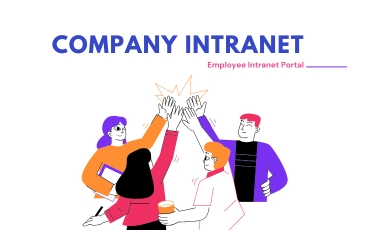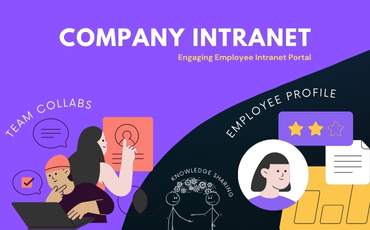In an organization, there are two (2) types of customers: external and internal.
External customers are those who usually buy goods or services from you. They are the people whose focus is more directed towards seeing your company as a mere “provider” of their needs.
Meanwhile, internal customers are the people who hold a major role in your organizational structure. They are the persons you see in your workplace ensuring that your operations are functioning properly and smoothly — your employees.
In leveraging organizational proficiency, usually, employers were more driven in giving VIP cards for their external customers as they drove profits into their business. But oftentimes, this is also where the glitch happens.
Indeed, employers need to invest resources to maintain and retain external customers. We cannot debate on that. But, doing it heedlessly might compromise people on the other side.
For example, with the desire to fully satisfy your customers, you make sure that all the products are made perfectly and see to it that not even an inch of defect would be visible.
Certainly, this is an ideal mindset – a great thinking.
But this will only be deemed effective if, during the implementation, you guarantee that your employees are not overworked, strained, and pressured trying to meet your goal.
If yes, definitely you are taking the wrong path.
Your employees are also your asset, therefore, you should also treat them the same way you treat your customers.
Now we have already learned how to properly perceive internal and external customers. From this point onwards, let’s delve further and discover how it connects to our topic for this blog – Human Resource.
What is Human Resource?
In every household, as parents or even an individual who lives alone, we always make sure that we only allow people whom we trust inside our home. Similar to businesses, it is only those qualified individuals are allowed to enter the premises and access information critical to the organization.
To propel your business forward and ensure that you have the right people inside, you need to build a group that will assess, determine, and establish the workforce in your organization.
This group of people is what we called the Human Resources (HR), or those who help the organization alleviate issues on manpower and bring in internal customers by scouting, hiring, and providing training and benefits.
Check out Woffice HR Bundle for easy and efficient talent scouting. We can help you set up your internal Hiring Portal, really easy!
HR Strategy: what is it and how is it important
HR strategy is a strategy incorporated into an organization that focuses more on making human resources its core and helps promote overall development. It maximizes human capital and provides people-centric solutions to enable the team to overcome various challenges.
Typically, in most organizations, HR holds an administrative role, however, according to ADP, this kind of setup where “HR remains an admin function, development and growth might be compromised.”
In fact, oftentimes, HR is being treated unfairly – undervalued and overlooked – who, in contrast, has one of the most critical roles in maintaining a safe environment in the workplace.
Aligned with your organization’s mission, vision, and goal, the HR transformed from administrative to strategic function will allow you to maximize your competitive advantage through improved organizational performance. A well-structured HR strategy allows you to hire the correct and right people that will soon be your driving force towards successful workforce development.
Setting aside the thought of HR merely processing new hires and serving as an intermediary for internal disputes, the well-thought HR strategy is founded on detailed analysis and with implementation in mind. Although businesses have different natures, typically, in developing HR’s strategic plan, the most used tool is the SWOT analysis.
SWOT stands for Strengths, Weaknesses, Opportunities, and Threats whereas SW are the internal factors while OT is external. This is used to guide HR in realizing the company’s mission and ensure that problems are mitigated with due and immediate response.
Listing items in each category and arriving at a concrete result is one of the critical factors in establishing your HR strategy. With the fierce global competition continuing, it is important that you are aware of all the factors that affect your organization and always driven towards your mission, vision, and goals.
Aside from that, in refining your HR strategy, you should be aware of the legal requirements in onboarding an employee, increasing employee engagement, offering advancement programs, and providing a performance management system to guarantee that your employees are all satisfied, therefore, promoting retention.
2 types of HR Strategy
There are two (2) types of HR strategy —
- Overarching strategies – This refers to the intention of the organization about its people as a whole. This includes the steps for employee retention and heightened commitment.
- Specific strategies – Specific strategies set out the intention of the organization in specific areas such as talent management and continuous improvement.
Utilizing your manpower effectively comes with a great effort to introduce transition and incorporate a more dynamic and proactive approach. This includes the transition of your HR’s from administrative to strategic and providing them seats at the table.
HR departments have already evolved over the years and the traditional “hire and fire” episodes have long been gone, therefore, if you are still on that path, you better start moving.


 "
"



